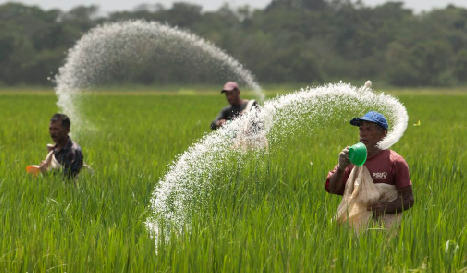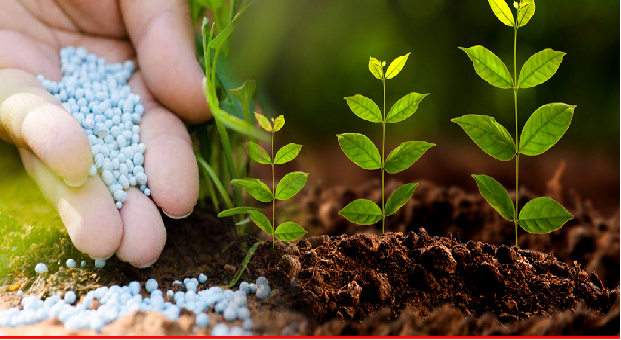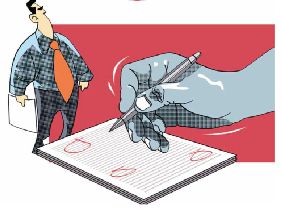
Fertilizer Subsidy will Open the Doors for Reforms
- December 22, 2020
- 0
Experts and industry representatives are of the view that gradually increasing the cash transfer of subsidies and stopping subsidies through companies and limiting the number of sacks by ensuring purchase in every session through Point of Sale (POS) equipment. Rationalizing the use of fertilizer may include improvements.
The big question, however, is how farmers will react to the direct benefit transfer model of subsidies. A survey conducted in 2018 by global advisory firm MicroSave shows that around 65 percent of the farmers are not in favor of direct transfer of fertilizer subsidy as it will increase the additional financial burden on them. About 90 percent farmers buy fertilizer by giving cash money.
The survey was conducted among about 11,000 farmers, of which about 15 percent were cultivators with other fields. This shows that the farmers are not in favor of cash transfer of subsidy as they will have to spend 900 to 960 rupees for 45 kg of urea, which they get R245.
Identification of eligible farmers for cash transfer is another major challenge, as not all cultivators have their own land.
However, despite such ups and downs, the industry and experts are hopeful that the government can take a new initiative after paying all the pending dues in FY22, as it will clear its books of account.
The Commission for Agricultural Costs and Prices (CACP) has recommended a cash subsidy of R5000 per year for fertilizers to farmers. The Commission has suggested that it can be given in two installments of R2,500 for the Kharif and Rabi seasons.
Sources said that the CACP calculations include two standards – an average subsidy of Rs. 4,585 per hectare and an average farm size of 1.08 hectares. The Commission has not used average consumption in its estimation.
उर्वरक सब्सिडी से खुलेंगे सुधारों के द्वार
विशेषज्ञों व उद्योग के प्रतिनिधियों का मानना है कि धीरे-धीरे सब्सिडी के नकद हस्तांतरण की ओर बढ़ना व कंपनियों के माध्यम से सब्सिडी दिया जाना बंद करना और प्वाइंट आफ सेल (पीओस) उपकरण के माध्यम से हर सत्र में खरीद सुनिश्चित कर बोरियों की संख्या सीमित कर उर्वरक के इस्तेमाल को तार्किक बनाना सुधारों में शामिल हो सकता है।
बहरहाल बड़ा सवाल यह है कि किसान सब्सिडी के प्रत्यक्ष लाभ अंतरण माॅडल पर किस तरह की प्रतिक्रिया देंगे। वैश्विक सलाहकार फर्म माइक्रोसेव की ओर से 2018 में कराए गए सर्वे से पता चलता है कि करीब 65 प्रतिशत किसान उर्वरक सब्सिडी के प्रत्यक्ष हस्तांतरण के पक्ष में नहीं हैं क्योंकि इससे उन पर अतिरिक्त वित्तीय बोझ बढ़ेगा। करीब 90 प्रतिशत किसान नकद धन देकर उर्वरक खरीदते हैं।
यह सर्वे करीब 11000 किसानों के बीच कराया गया जिनमें से करीब 15 प्रतिशत दूसरे के खेत लेकर खेती करने वाले थे। इससे पता चलता है कि किसान सब्सिडी के नकद हस्तांतरण के पक्ष में नहीं हैं क्योंकि उन्हें 45 किलो यूरिया की बोरी के लिए 900 से 960 रुपये खर्च करने पड़ेंगे, जो उन्हें 245 रुपये बोरी मिलता है।
नकद अंतरण के लिए पात्र किसानों की पहचान एक और बड़ी चुनौती है, क्योंकि खेती करने वाले सभी लोगों के पास अपनी जमीन नहीं होती।
हालांकि इतने उतार चढ़ाव के बावजूद उद्योग जगत और विशेषज्ञों को उम्मीद है कि वित्त वर्ष 22 में सभी लंबित बकायों के भुगतान के बाद सरकार नई पहल कर सकती है, क्योंकि उसके बाद उसके बही खाते साफ होंगे।
कृषि लागत एवं मूल्य आयोग (सीएसपी) ने किसानों को 5000 रुपये प्रति साल सब्सिडी देने की सिफारिश की है। आयोग ने सुझाव दिया है कि यह 2,500 रुपये की दो किस्तों में खरीफ व रबी सीजन के लिए दिया जा सकता है।
सूत्रों ने कहा कि सीएसीपी द्वारा की गई गणना में दो मानक शामिल हैं-प्रति हेक्टेयर 4,585 रुपये औसत सब्सिडी और 1.08 हेक्टेयर खेत का औसत आकार। आयोग ने अपने अनुमान में औसत उपभोग का इस्तेमाल नहीं किया है।
































































